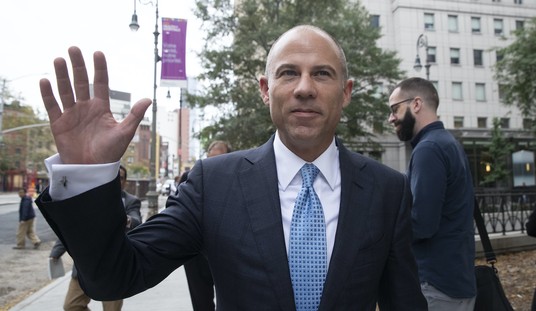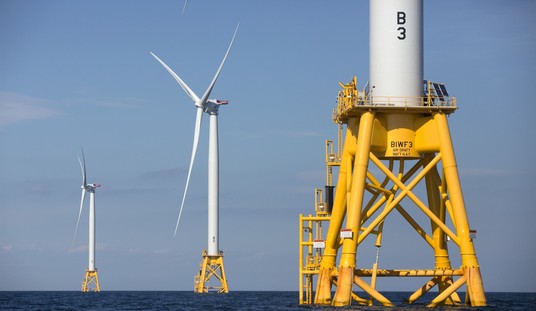Alan Sullivan, who has shifted the focus of his Fresh Bilge blog in the past week from hurricanes to the financial crisis, manages to combine the two topics in a single post this afternoon:
Markets continue to be profoundly disturbed. The Dow and other stock averages have crashed again. Regional banks have come under particular pressure: they have not been clearly included in the mortgage bailout. Meanwhile oil has shot up a record $25. This destabilization may be too serious for any attempt at control now. It may simply have to play out, like some Greek tragedy. And some respectable models still run a hurricane Kyle into New York Harbor Friday night. I don’t think this will happen, but if it did, Wall Street is the lowest part of Manhattan. Any respectable surge would shut the whole subway system, probably for weeks. It might also fill Ground Zero with a nice lake.
“Kyle,” it should be emphasized, does not even exist yet, and indeed the latest Tropical Weather Outlook has downgraded its chances of formation in the next 48 hours from “high” to “medium.” But, for what it’s worth, here’s what the HWRF model shows on Friday night and early Saturday morning. And here are some more computer models.
It’s far too early for anything remotely approximating hype, however. Earlier today, Sullivan summarized the multifarious possibilities:
It is not yet clear how proto-Kyle will behave in the coming days. Some models make it a hurricane. Outlier models bring it north-northwest and ashore in New Jersey as a cat one storm, with New York Harbor in the right front sector. Disaster watchers are sure to give this long-shot scenario much play. But it remains to be seen whether Kyle will develop at all, or whether its interaction with an extratropical low in the southeastern US will keep the tropical system sheared and weak throughout its span. During my many years on the East Coast I watched many such storms form, take threatening courses, then stay offshore over their natural habitat — the warm water of the Gulf Stream.
I should say a little more about the models. They divide into three camps. I favor the group that posits very slow northwest movement for five days, with the storm weak and drifting off the Bahamas. Presumably Kyle would hook northeast and away after a week or so. Another camp recurves and accelerates Kyle much sooner and takes it harmlessly out to sea as the cold continental low reaches the East Coast and follows the tropical storm. The final camp posits a rare interaction between the polar low and a strengthening hurricane. In this scenario, the cold system retrogrades inland, and it shifts the steering flow to run Kyle toward a landfall somewhere between Cape Hatteras and New York City. I don’t think this will happen, but there are actually three respectable models in this camp.
The more immediate problem is the extremely severe flooding in Puerto Rico, which is, after all, part of the United States. We may have “disaster fatigue,” but the people on that island are going to need help, after this:
Storm total rainfall amounts have exceeded 20 to 30 inches in parts of southeast Puerto Rico where rivers are up to 14 feet above flood stage. Flash floods and mudslides have been reported across the east, southeast, and southeastern interior Puerto Rico. An additional 10-20 inches of rain is expected over western and southwestern Puerto Rico today, due to the very slow motion of 93L. The rains from 93L are the most that have fallen on the island since Hurricane Georges ten years ago.
Here’s the link to donate to the Red Cross.
P.S. I realize my sidebar is now out-of-date, with its focus on Ike-related resources. I’ll be making some changes tonight or tomorrow.








Join the conversation as a VIP Member